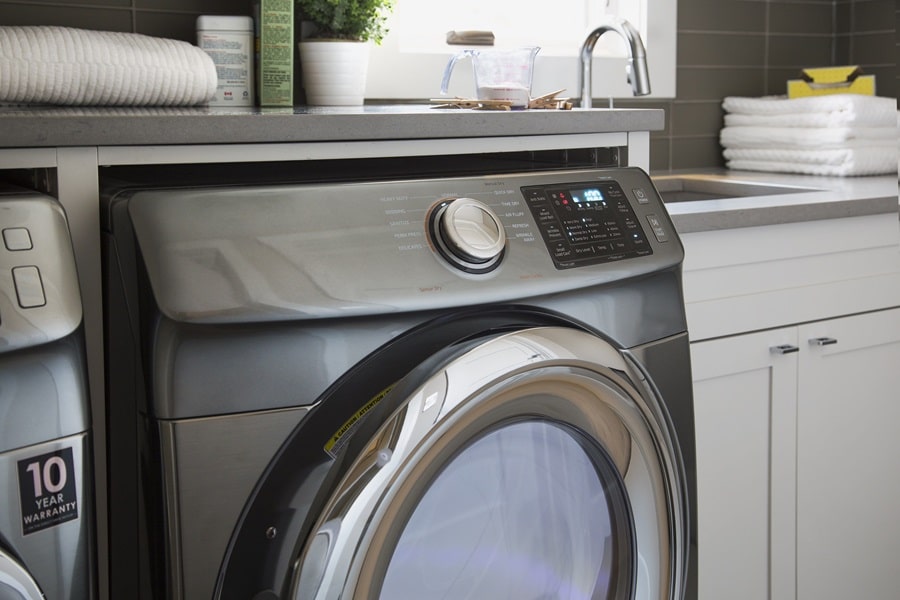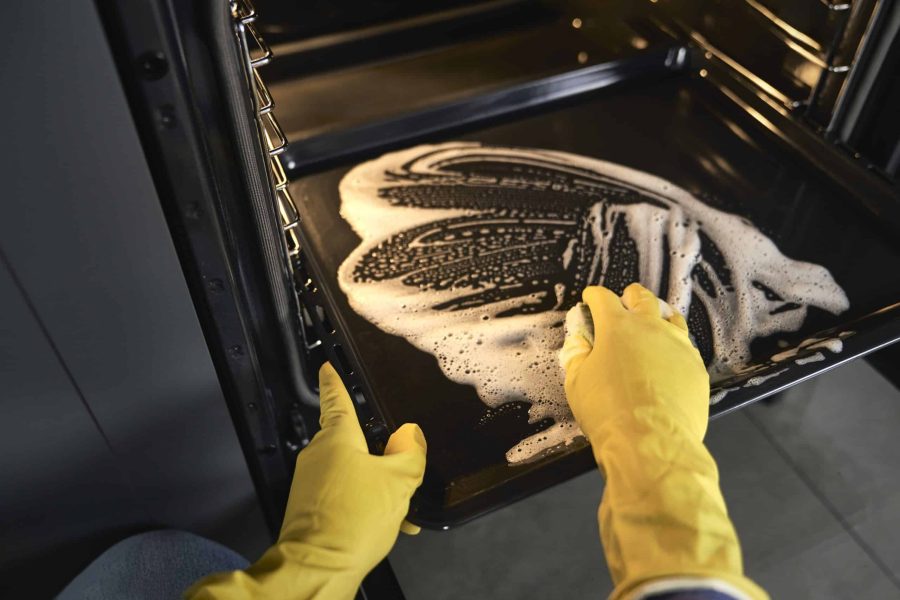Choosing the right carpet for your home goes beyond aesthetics. While a plush, soft carpet might feel wonderful underfoot, it might not be the best choice for high-traffic areas or homes with pets. Similarly, while a bargain carpet might seem like a great deal initially, it could end up costing more in the long run due to replacement or maintenance costs. In this guide, you’ll dive into some common carpeting choices homeowners might regret and provide insights into making a more informed decision.
Contents
- 1 The Allure Of Cheap Carpets
- 2 Synthetic Fibers: Not Always The Best Choice
- 3 Carpets With Low Pile Density
- 4 Light-Colored Carpets In High Traffic Areas
- 5 Shag Carpets: A Cleaning Nightmare
- 6 Carpets Without Stain Protection
- 7 Carpets With VOC Emissions
- 8 Non-Anti-Allergenic Carpets
- 9 Carpets Lacking UV Protection
- 10 Choose The Right Carpet For Your Home!
The Allure Of Cheap Carpets
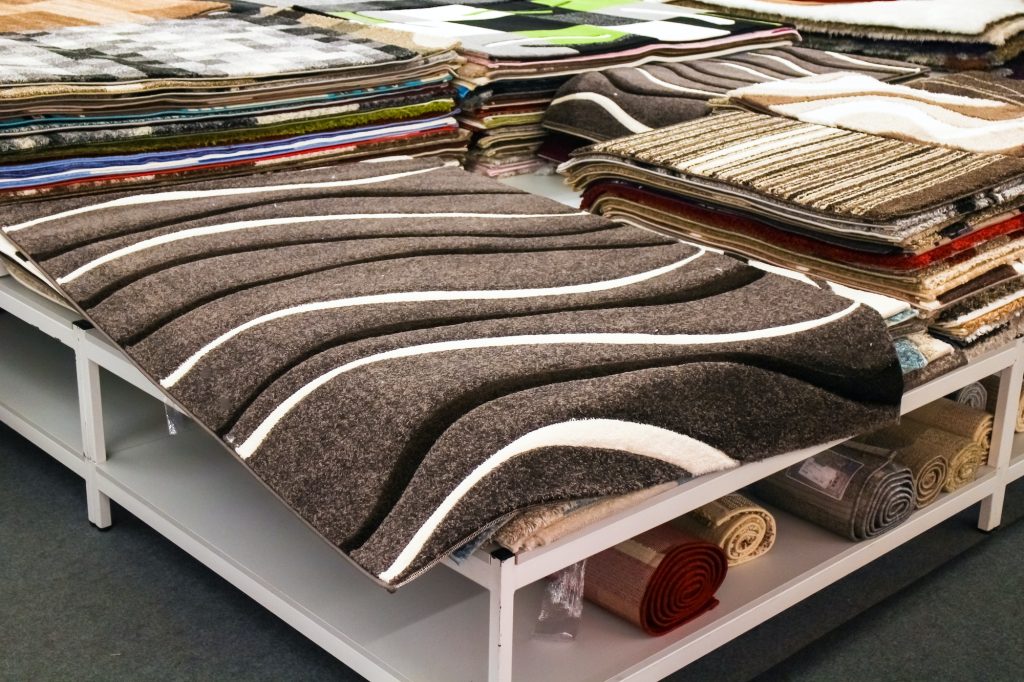
It’s easy to understand the appeal of budget-friendly carpeting options. After all, home renovations or decorations can be expensive, and saving on flooring might seem like a smart move. However, the initial savings might be deceptive. Cheap carpets often wear out faster, show stains more prominently, and can feel less comfortable underfoot.
Moreover, inexpensive carpets might not offer the same level of insulation or soundproofing as their pricier counterparts. This could lead to increased heating bills in the winter or more noise transmission between rooms. Over time, the costs of replacing or frequently cleaning a cheap carpet might outweigh the initial savings, making it a less economical choice in the long run.
Synthetic Fibers: Not Always The Best Choice
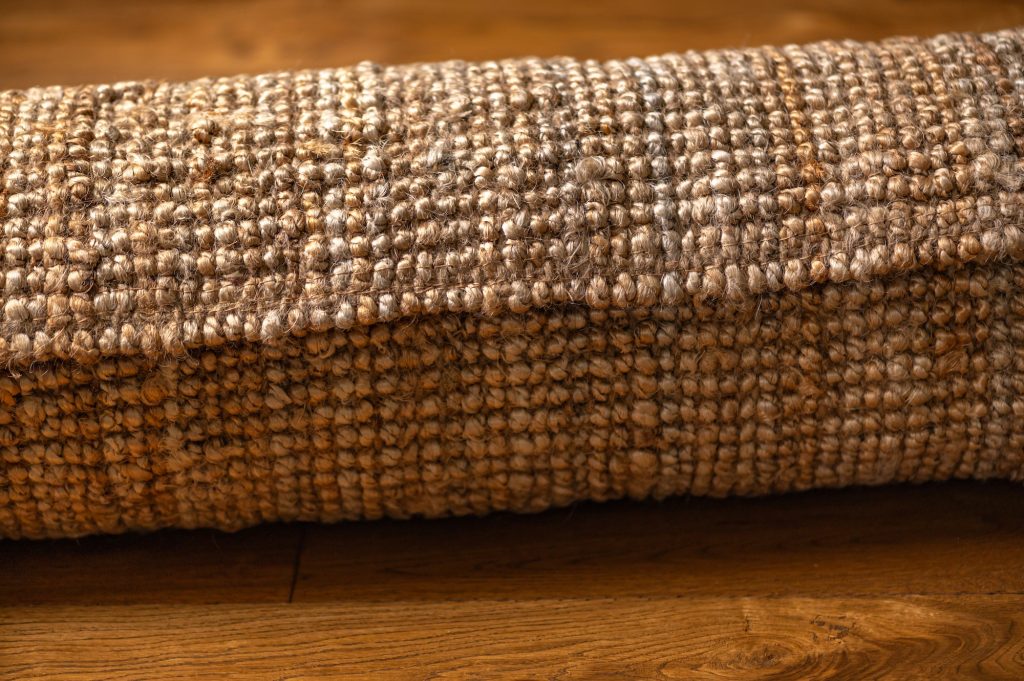
Synthetic carpets, made from materials like polyester and olefin, are popular due to their resistance to stains and affordability. At first glance, they might seem like the perfect choice for busy households or those on a budget. However, these synthetic fibers have their drawbacks. For one, they can be less resilient than natural fibers, leading to matting and crushing in high-traffic areas.
Additionally, while synthetic carpets might resist certain stains, they can be prone to oil-based stains, which can be challenging to remove. Some homeowners also find that synthetic carpets can have a shinier, less natural appearance, which might not be to everyone’s taste. While they have their place in the market, it’s essential to weigh the pros and cons before opting for a synthetic carpet.
Carpets With Low Pile Density
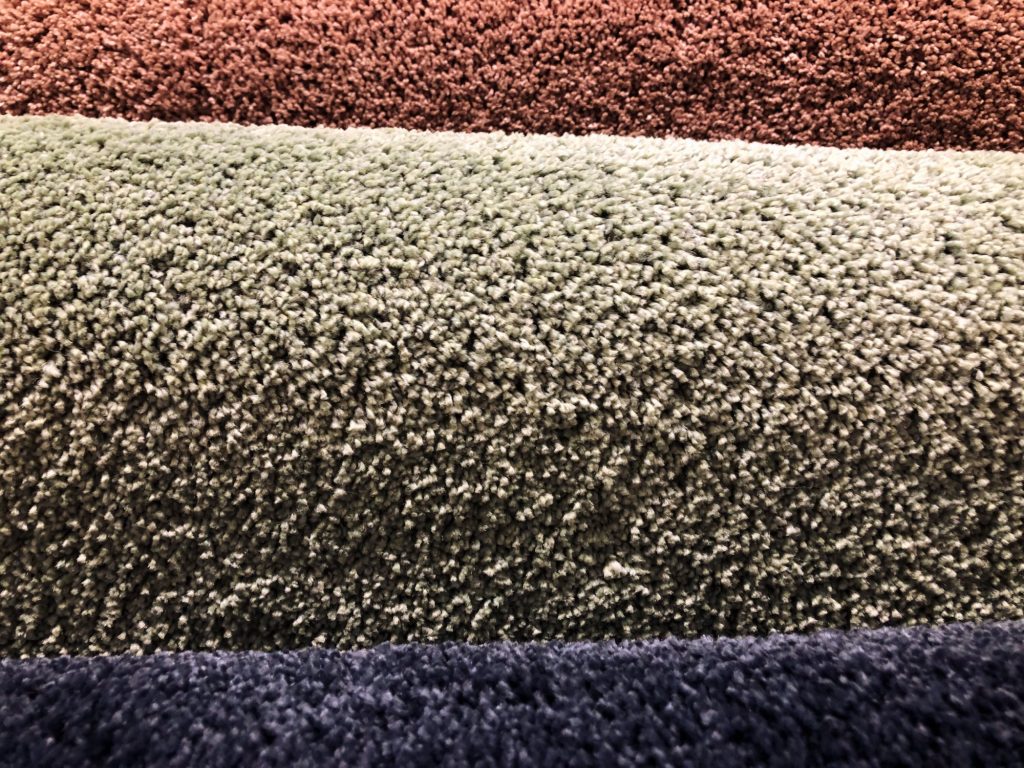
Pile density refers to the amount and closeness of the yarns in a carpet. A carpet with a high pile density is plush and durable, while one with a low pile density might feel thinner and less luxurious. Carpets with low pile density can show signs of wear and tear much faster, especially in areas with a lot of foot traffic.
Furthermore, these carpets can be harder to clean effectively. Dirt and debris can penetrate deeper into the carpet, leading to potential damage to the carpet’s base. Over time, this can cause the carpet to lose its shape, look worn out, and even lead to the need for premature replacement. When choosing a carpet, it’s crucial to consider pile density as an indicator of its longevity and feel.
Light-Colored Carpets In High Traffic Areas
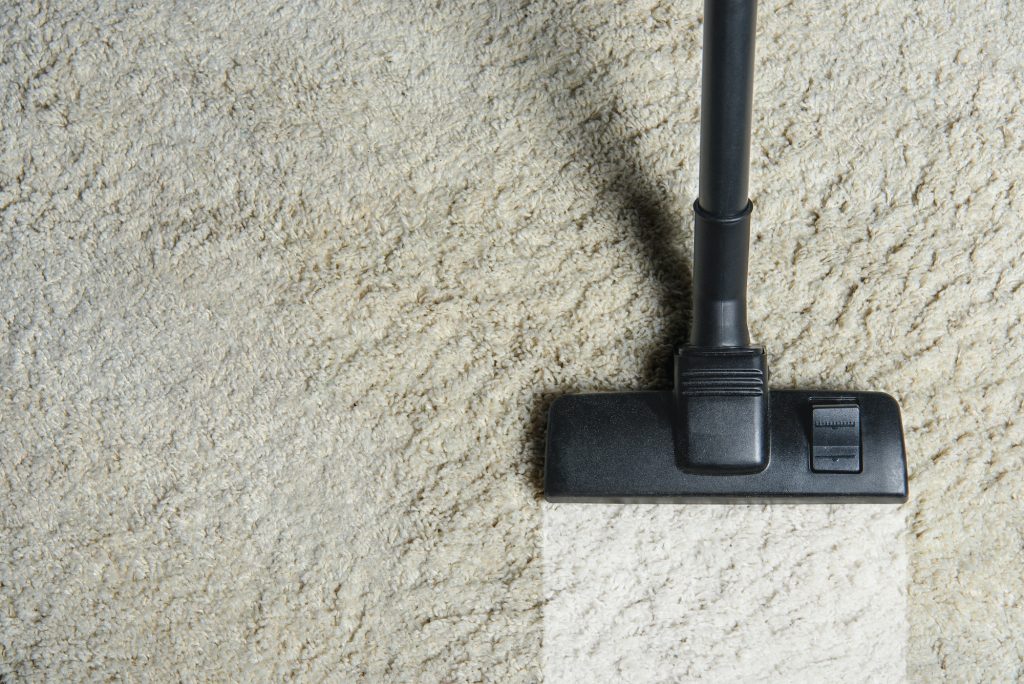
With their pristine and airy appearance, light-colored carpets can significantly brighten up a room, making spaces seem larger and more inviting. They can be especially appealing for homeowners aiming for a minimalist or Scandinavian design. However, the challenge arises when these carpets are placed in high-traffic areas. Stains, dirt, and footprints become more noticeable, requiring frequent cleaning to maintain their appearance.
Moreover, the constant need for cleaning can wear out a light-colored carpet faster than darker alternatives. Cleaning agents, even if they’re gentle, can cause wear and tear over time. Additionally, some stains might prove stubborn on light-colored fabrics, leading to permanent discoloration. While they’re undeniably beautiful, light-colored carpets demand careful consideration regarding placement in the home.
Shag Carpets: A Cleaning Nightmare
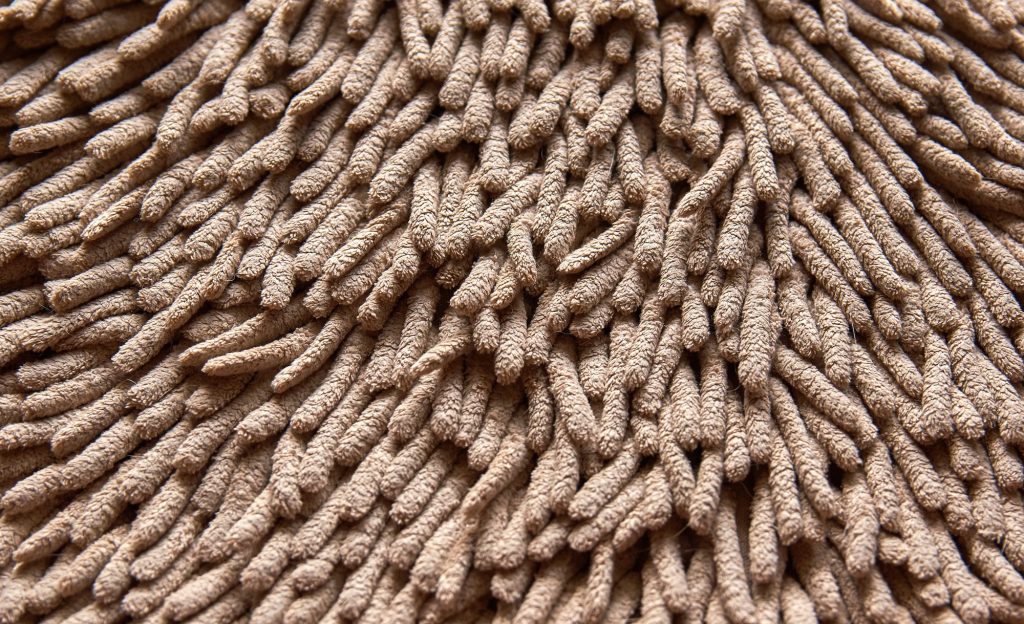
The retro appeal of shag carpets is undeniable. Their thick, deep pile offers a luxurious feel underfoot, making them a favorite for bedrooms or living areas. However, their very design, which is part of their appeal, also makes them a challenge to maintain. The long fibers trap dirt, dust, and allergens, making them less than ideal for those with respiratory issues or allergies.
Cleaning a shag carpet is no small feat. Regular vacuuming can cause the long fibers to tangle or fray, reducing the carpet’s lifespan. Spills penetrate deep into the pile, making them hard to remove entirely. And for those who own pets, shag carpets can be a nightmare, as they trap pet hair and dander, requiring specialized cleaning methods. So while they’re a stylish choice, shag carpets demand a commitment to maintenance.
Carpets Without Stain Protection

In today’s busy households, spills and accidents are inevitable. From wine spills to pet accidents, carpets are exposed to a myriad of potential stains. Carpets without stain protection are vulnerable to these mishaps, often leading to permanent marks that mar their appearance. While some homeowners might be drawn to the natural look and feel of untreated carpets, they might regret this choice when faced with a stubborn stain.
Stain protection, whether built into the carpet fibers or applied as a treatment, acts as a barrier, preventing spills from penetrating deep into the carpet. This makes cleanup more manageable and increases the chances of completely removing a stain. Investing in carpets with stain protection or treating them post-purchase can save homeowners from the frustration of unsightly stains and the potential costs of professional cleaning or replacement.
Carpets With VOC Emissions
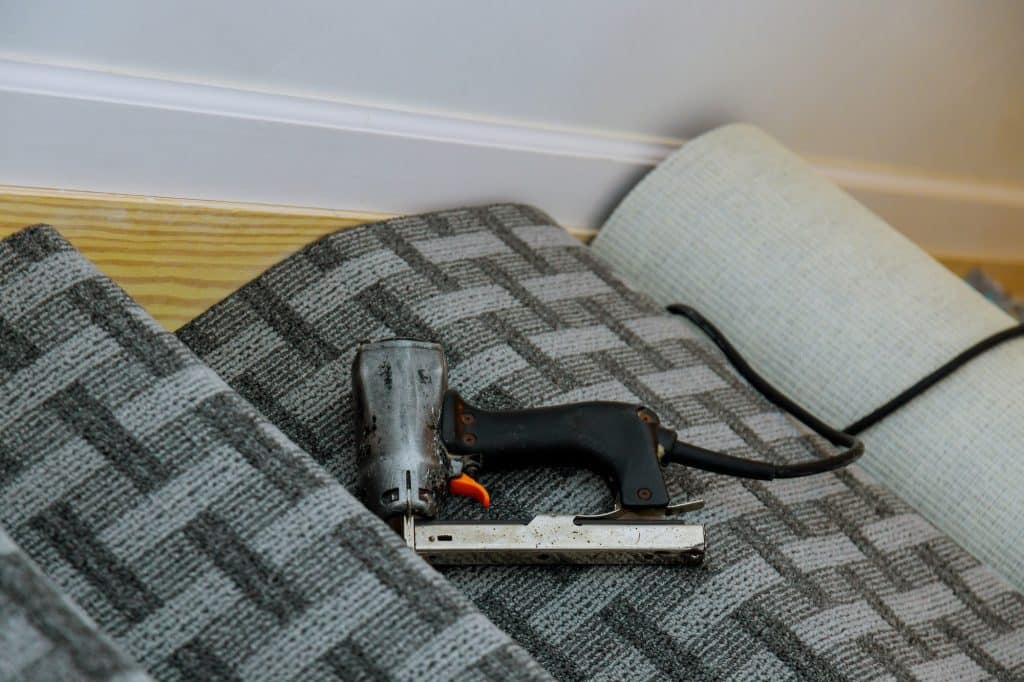
Volatile Organic Compounds (VOCs) are chemicals that can be emitted as gasses from certain products, including some carpets. These emissions can contribute to indoor air pollution, which, in turn, can lead to a range of health issues, from headaches and dizziness to exacerbation of asthma symptoms. Some carpets, especially those made from synthetic materials or treated with specific chemicals, can have higher VOC emissions, making them a concern for indoor air quality.
It’s essential for homeowners to be aware of the potential VOC emissions from their chosen carpets. Opting for carpets labeled as low-VOC or VOC-free can make a significant difference in maintaining a healthier indoor environment. Additionally, ensuring proper ventilation during and after carpet installation can help dissipate any lingering VOCs, further safeguarding the household’s health.
Non-Anti-Allergenic Carpets

Allergies are a common concern for many, and the type of carpeting in a home can either alleviate or exacerbate these issues. Non-anti-allergenic carpets can trap allergens like dust mites, pet dander, and pollen, releasing them back into the air with daily activities like walking or vacuuming. For those with allergies or asthma, this can lead to frequent flare-ups and discomfort.
On the other hand, anti-allergenic carpets are designed to resist these allergens, either through the type of fibers used or through special treatments. They can significantly reduce the number of allergens in the home, leading to a more comfortable living environment. When choosing a carpet, it’s crucial to consider the health needs of the household and opt for hypoallergenic options when necessary.
Carpets Lacking UV Protection

Sunlight streaming through windows can be a beautiful sight, but it can also be damaging to carpets. Prolonged exposure to UV rays can cause carpets to fade, reducing their vibrancy and overall appearance. Carpets lacking UV protection are especially vulnerable to this kind of damage, leading to uneven coloring and a prematurely aged look.
UV protection in carpets acts as a shield, preventing the harmful effects of sunlight and ensuring the carpet retains its color for longer. This protection can be inherent in the carpet fibers or applied as a treatment. For homes with a lot of natural light, investing in carpets with UV protection can ensure they remain beautiful and vibrant for years to come.
Choose The Right Carpet For Your Home!
Choosing the right carpet for a home is a balance between aesthetics, functionality, and health considerations. While the allure of certain styles or bargains might be tempting, it’s essential to look beyond the surface. Factors like VOC emissions, allergen resistance, and UV protection play a crucial role in the carpet’s longevity and the household’s well-being. By being informed and making thoughtful choices, homeowners can enjoy the comfort and beauty of their carpets without the pitfalls of common carpeting mistakes!

